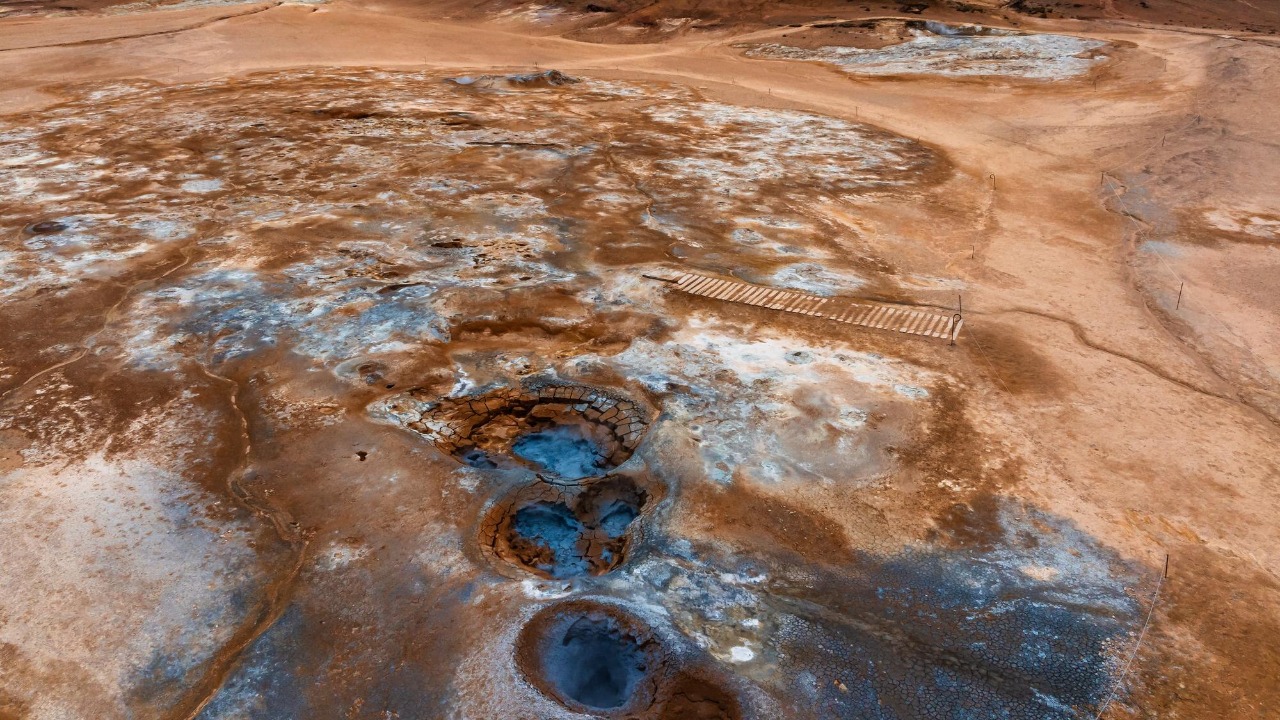
Recent research has unearthed compelling evidence of liquid water beneath the crust of Mars. This groundbreaking discovery opens up thrilling new possibilities for the potential existence of life on the Red Planet and could dramatically reshape our understanding of Mars’ geology and history.
Discovery of Liquid Water on Mars
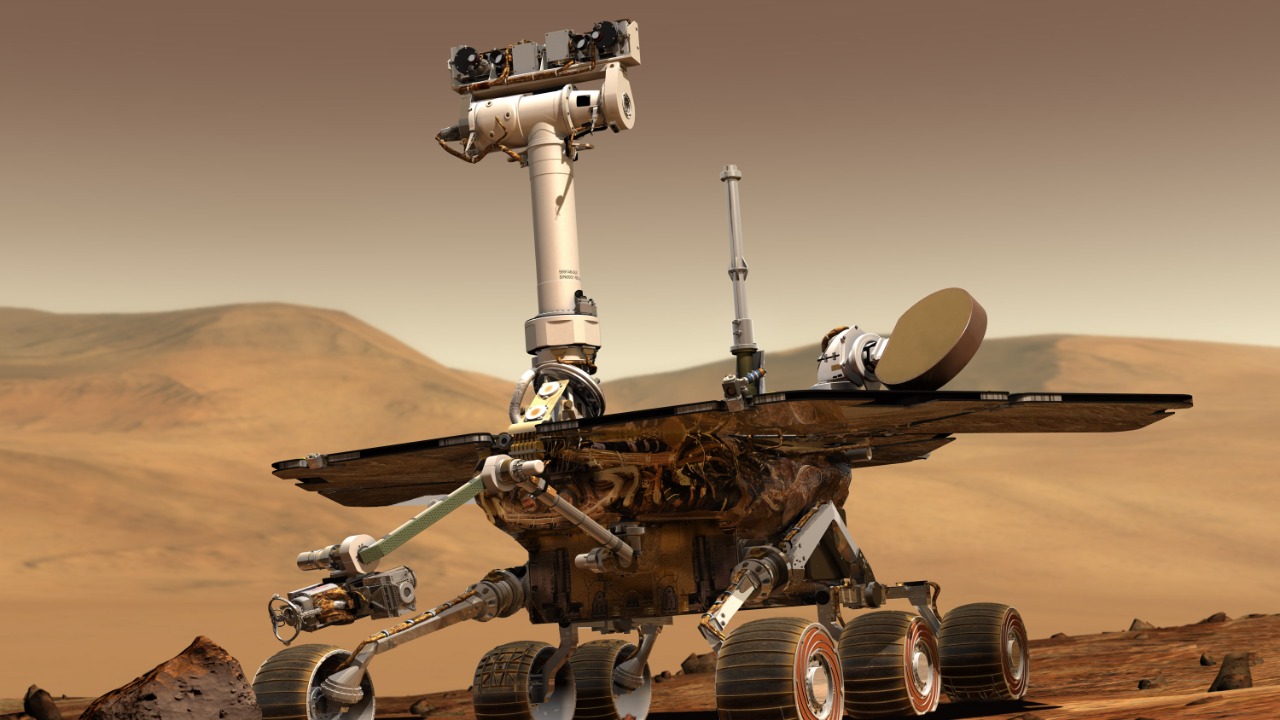
NASA researchers have confirmed the presence of liquid water under the Martian crust, a significant milestone in our exploration of the Red Planet. The detection of this water reservoir was made possible through the analysis of Marsquakes, a technique that has provided invaluable insights into the planet’s subsurface. Marsquakes, similar to earthquakes on Earth, have been instrumental in revealing the secrets hidden beneath Mars’ surface.
While the exact location and volume of the water reservoir remain under investigation, the discovery of its existence is a significant step forward in our understanding of Mars. This finding, coupled with previous evidence of liquid water flows on Mars, paints a picture of a planet that is far from the dry, barren world we once thought it to be.
The Implications for Martian Life
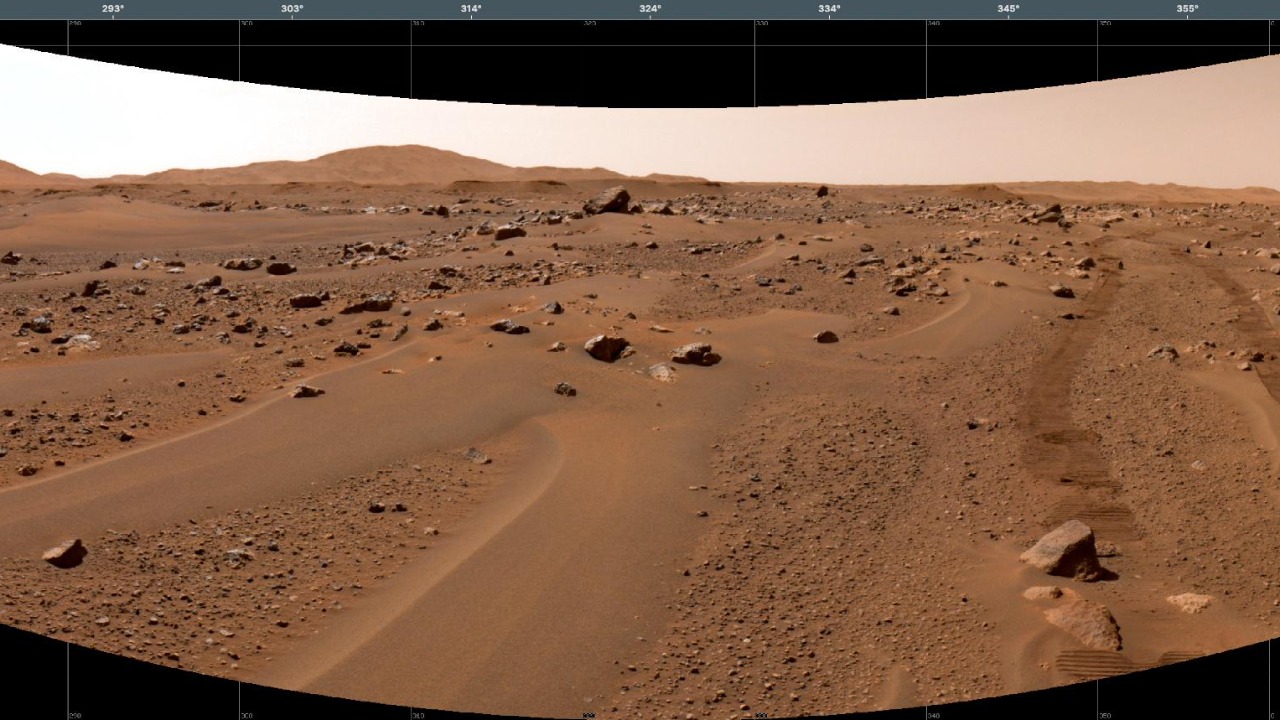
The discovery of subsurface water on Mars has profound implications for the possibility of life on the planet. The conditions in this water reservoir could potentially support microbial life, similar to extremophiles on Earth. These organisms thrive in extreme environments, including deep under the Earth’s crust, where conditions may be similar to those on Mars.
Future missions and studies are already being planned to investigate the potential for life on Mars. The presence of water, a key ingredient for life as we know it, makes the Red Planet an even more intriguing target for these explorations.
Impact on Our Understanding of Martian Geology
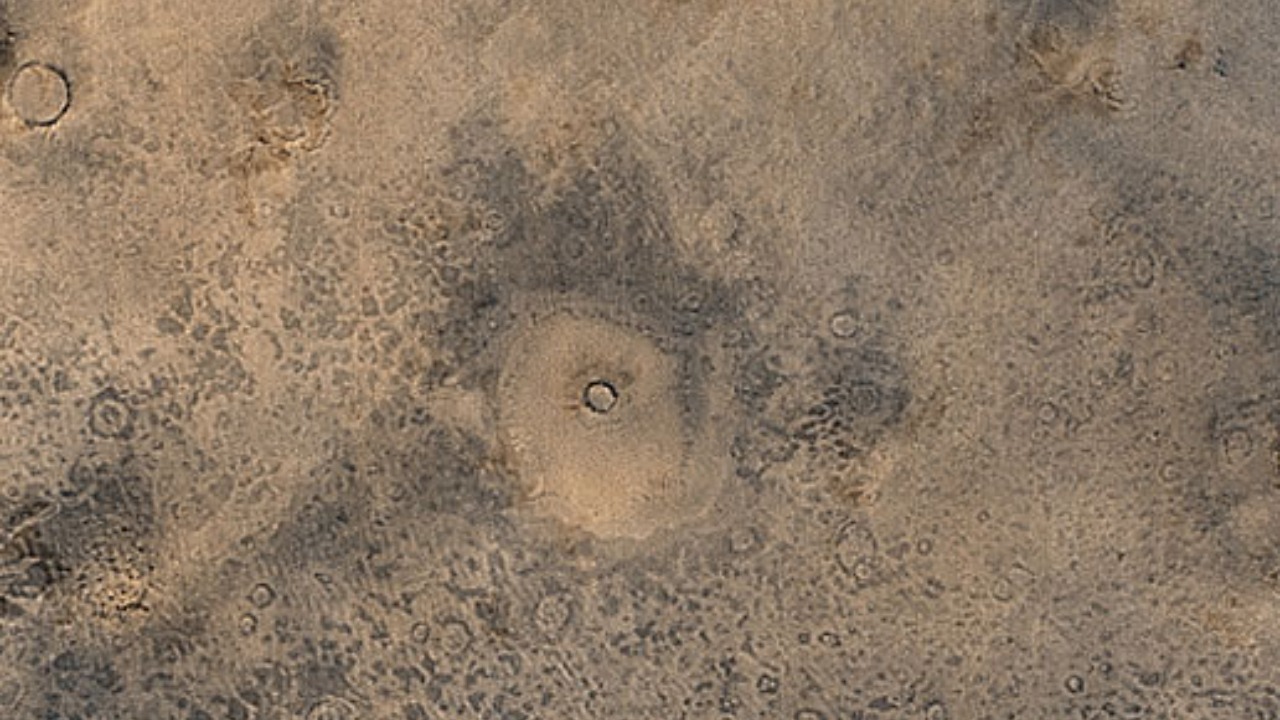
The presence of liquid water under Mars’ crust could significantly impact theories about the planet’s geological history. It may help answer lingering questions about what happened to Mars’ water and whether the planet was ever a wet world. The debate on this topic continues among scientists, but the discovery of subsurface water adds a crucial piece to the puzzle.
Understanding the role of water in Mars’ past and present is key to deciphering the planet’s history and potential future. This discovery could lead to a paradigm shift in our understanding of Martian geology and the planet’s potential habitability.
Significance for Future Mars Exploration
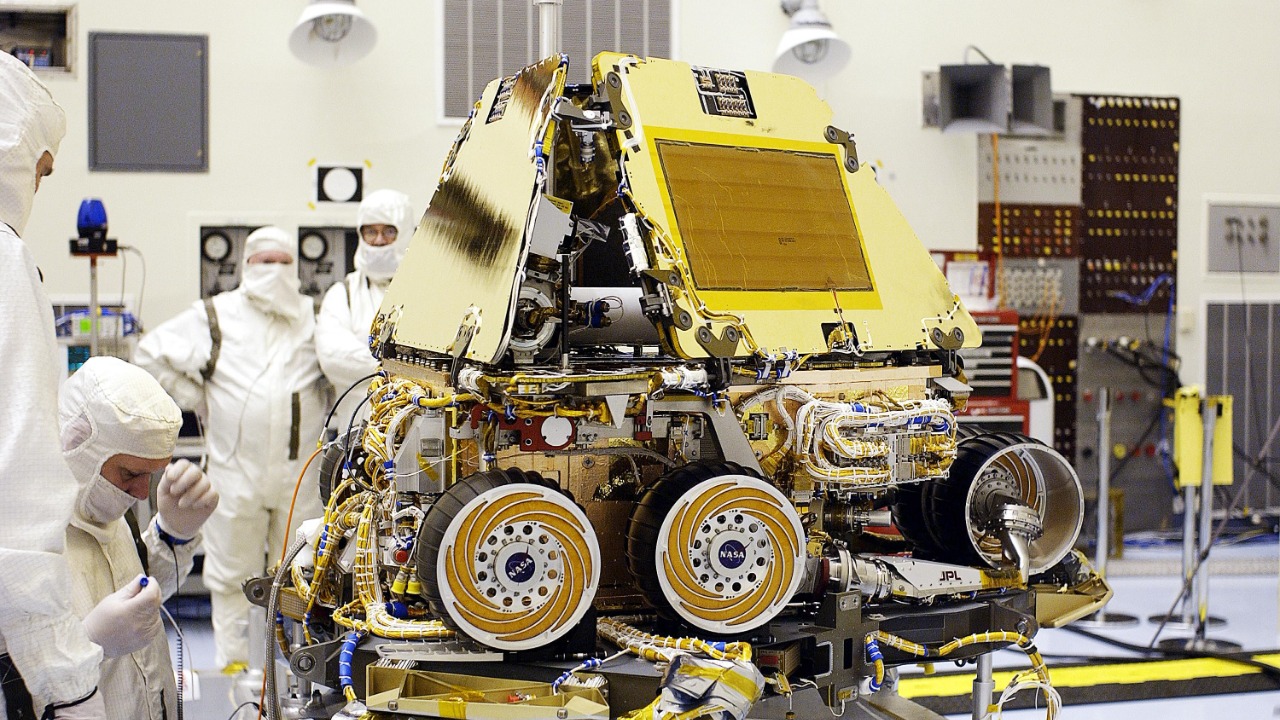
The discovery of liquid water under Mars’ crust could shape the future of Mars exploration. It opens up new possibilities for the search for life and the potential for human colonization. The presence of water on Mars could provide a vital resource for future astronauts, both for life support and potentially for fuel production.
However, the discovery also presents challenges, particularly in terms of the extraction and use of water on Mars. It could also impact international space policies and cooperation, given the potential value of the Martian water resource. The significant amounts of water hidden beneath Mars’ surface could become a focal point for future space exploration and resource utilization.
The Road Ahead: New Questions and Research Directions
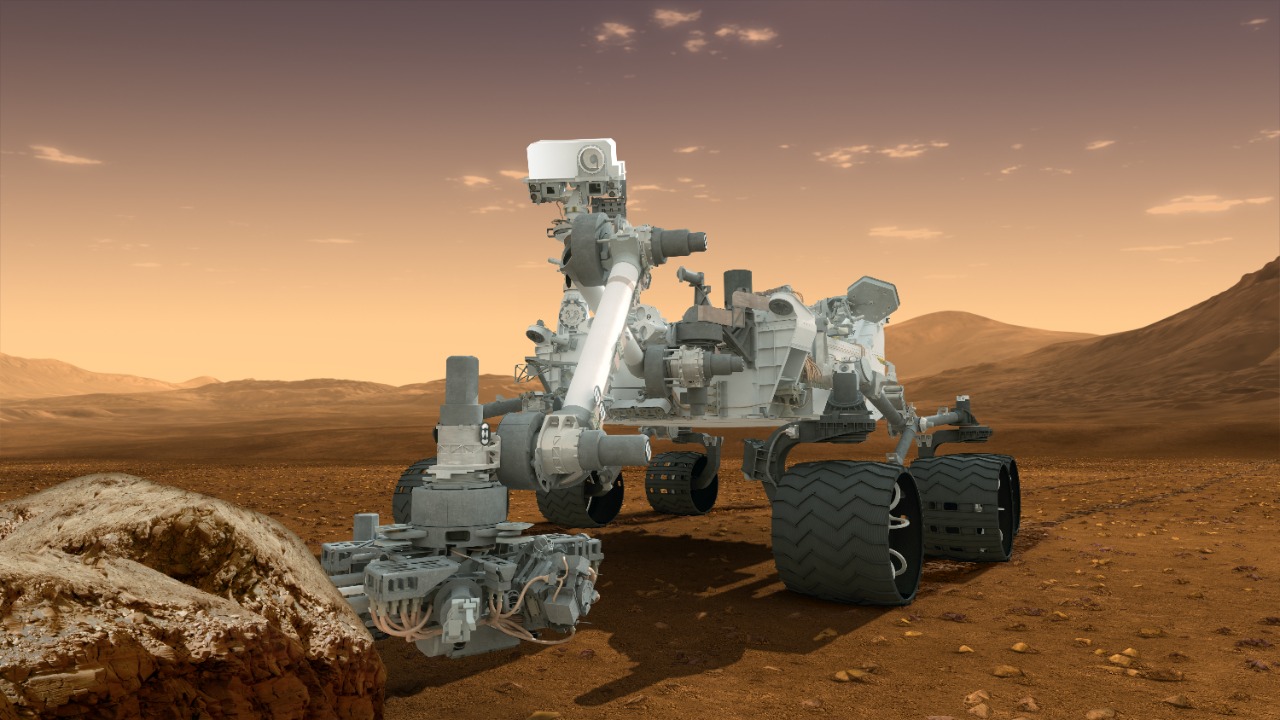
The discovery of liquid water under Mars’ crust raises new questions and opens up new areas of research. The scientific community’s reaction has been one of excitement and anticipation, as this finding has sparked new research directions and possibilities for further exploration of Mars and its subsurface.
Future missions, including rovers, landers, and potentially human missions, will have the opportunity to explore these water reservoirs firsthand. The road ahead is filled with exciting possibilities as we continue to unravel the mysteries of the Red Planet.